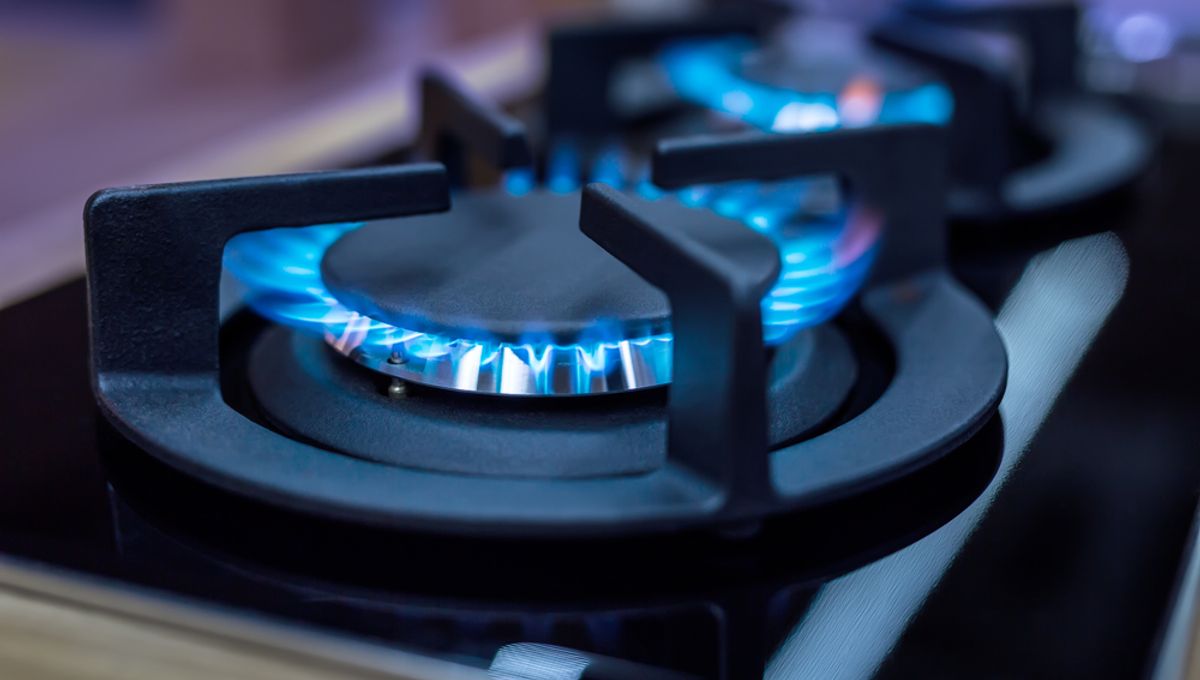
A row over gas is bubbling up in the US after new research linked the use of gas stoves to childhood asthma. Yet with 35 percent of households across the country currently cooking with gas, many are now unsure if it’s safe to continue using their gas-powered appliances.
Why are people worried about gas stoves right now?
The gas issue was ignited by a study that was published earlier this month in the International Journal of Environmental Research and Public Health, which concluded that “12.7 percent of current childhood asthma in the US is attributable to gas stove use.” This alarming statistic expands the gas problem that was initially highlighted by a study in The Lancet, which found that in 2019, 1.85 million new childhood asthma cases worldwide were attributable to nitrogen dioxide, one of the main pollutants released by gas stoves.
Reacting to these figures, the US Consumer Product Safety Commission announced that it would take a look at the dangers posed by gas stoves, with a view to possibly restricting their use. Following a backlash from political opponents and gas enthusiasts, the Biden administration quickly moved to assure people that no gas ban is currently in the pipeline. With the blue touchpaper already lit, though, the issue is now blowing up.
What does the science say?
Gas stoves may be cheap, convenient and effective, but research into their safety makes for pretty grim reading. It’s well known that cooking with gas causes nitrogen oxides (NOx) to be emitted, although the extent to which these appliances pollute household air has only become apparent in the last few years.
In January 2022, for instance, researchers measured the amount of methane released by gas cookers in 53 US homes. Staggeringly, they found that 76 percent of methane emissions actually occurred when the stoves were not in use, suggesting that gas cookers may be polluting household air even when they are switched off.
Aside from the immediate health risks posed by these emissions, the study authors also calculated that the annual climate impact of all the methane released gas stoves in the US is equal to that of the carbon dioxide emissions from half a million cars. Furthermore, they found that in poorly ventilated homes, nitrogen dioxide levels surpassed the federal safety limit of 100 parts per billion “within a few minutes of stove usage.”
While NOx and methane can both irritate the lungs and lead to respiratory complications, separate research published in June 2022 indicated that gas cookers release an expectedly wide array of harmful compounds that may trigger other health issues. After examining the contents of gas used in 69 homes in Boston, the study authors identified 296 volatile organic compounds, “of which 21 were designated as hazardous air pollutants.” Benzene, for instance, is a carcinogen, and was detected in 95 percent of samples, while hexane was present in 98 percent of samples and toluene in 94 percent.
What are the alternatives to gas?
Electric stoves are the most obvious alternatives to gas cookers, but many people are put off by their price. Even better are induction hobs, though sadly these are pricier still. Fortunately, rebates are available for many in the US who might not be able to afford to switch to electricity on their own.
For those who don’t want to give up gas, investing in an extractor fan or hood can help to remove much of the pollution from your home. Admittedly, this will just transfer the contamination outside, but at least your health will be somewhat protected. Failing that, be sure to at least open a window while cooking in order to allow some of those nasty compounds out of your house.
Source Link: Are Gas Stoves Really Dangerous?